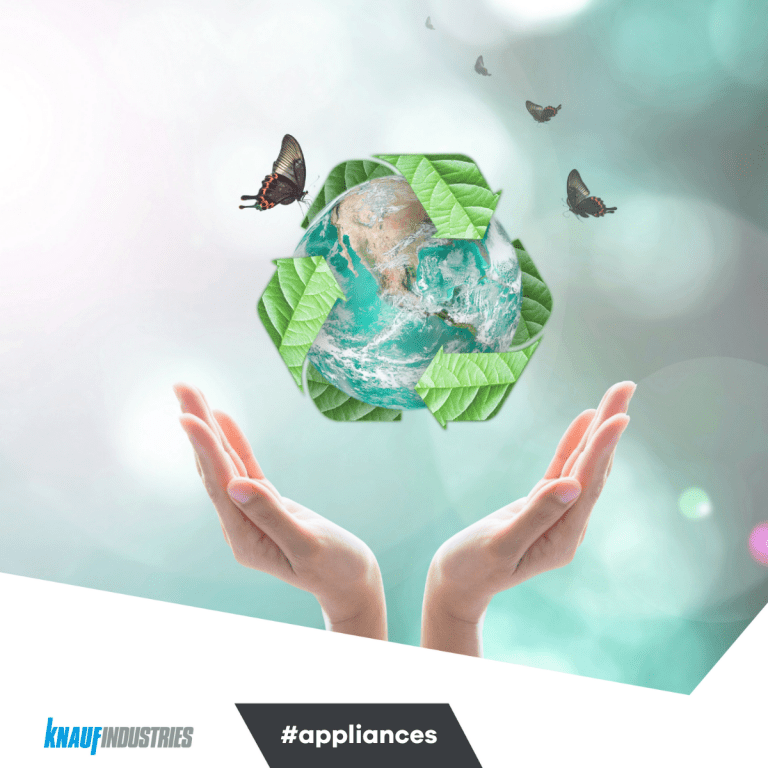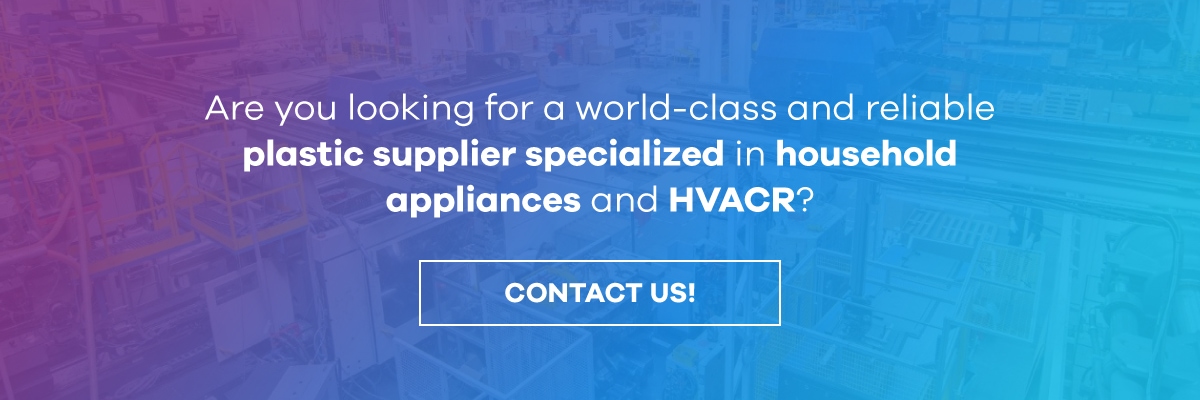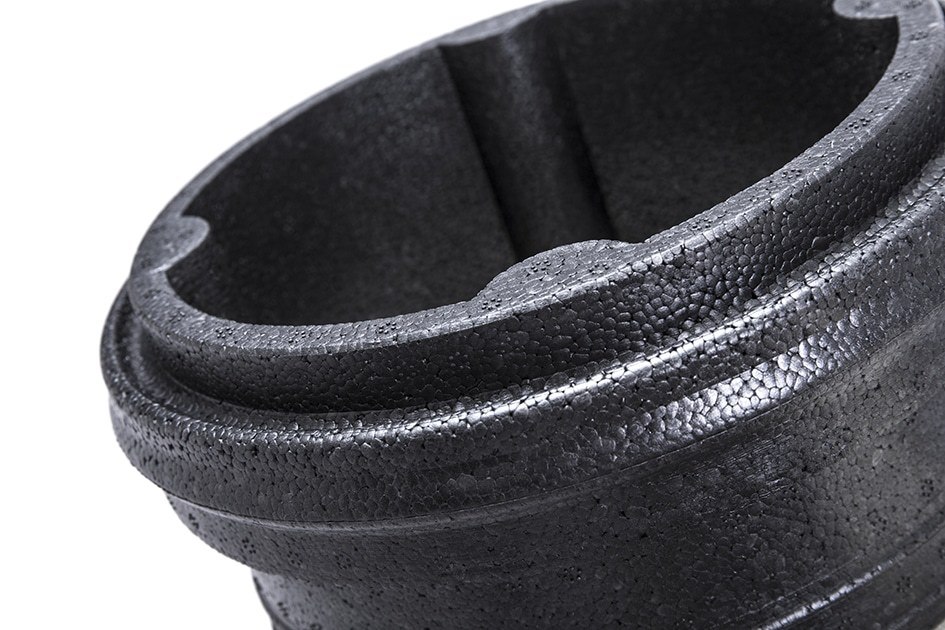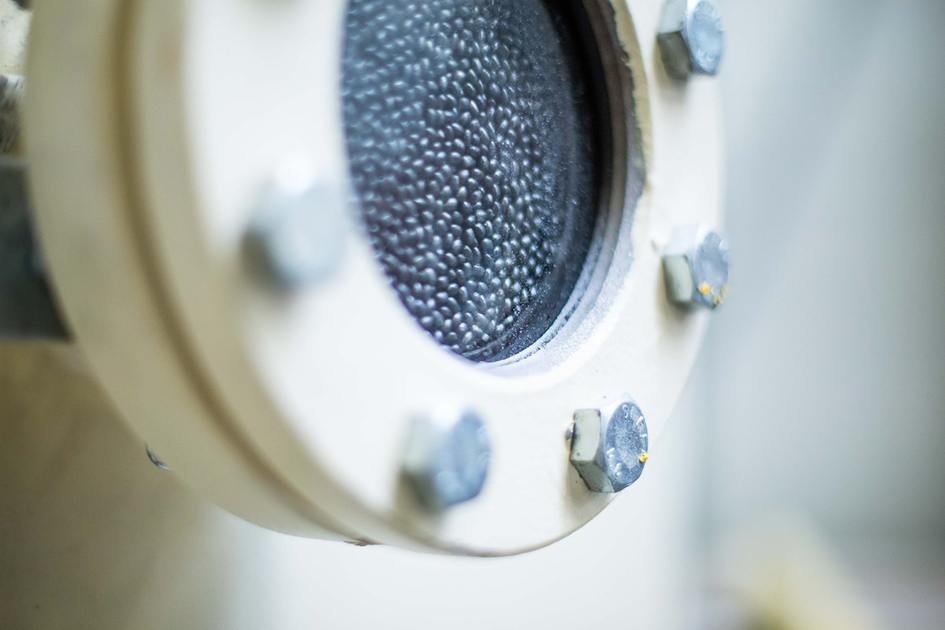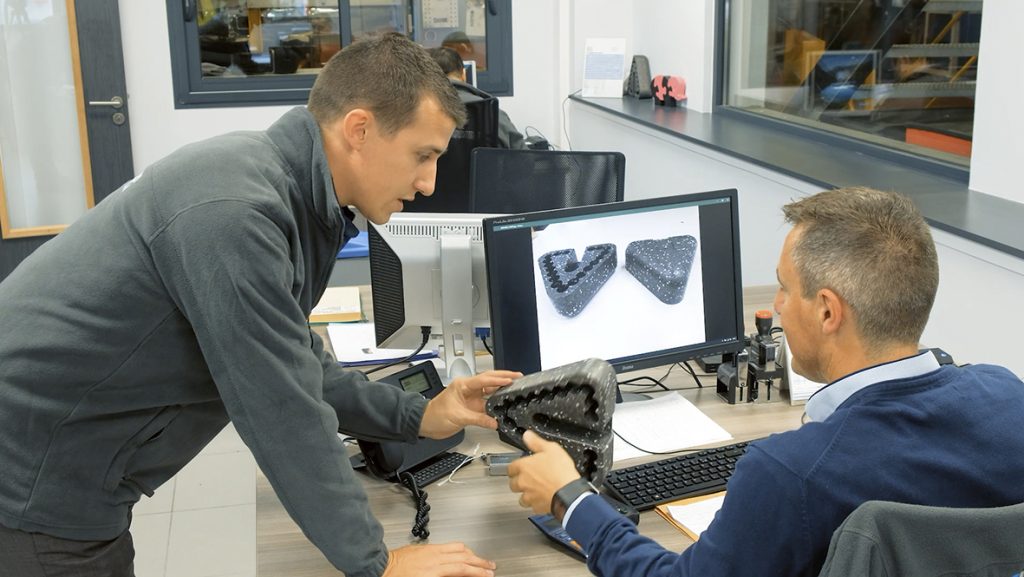Sustainability has become a key priority across different industries and developing and environmentally friendly packaging is often a crucial step towards that goal. The issue affects both Fast-Moving Consumer Goods (FMCG) and sustainable industrial packaging and there are many formulas that can be considered in order to design an ecofriendly packaging solution.
At this point, the change is being driven by increasingly restrictive legislation around packaging waste, as well as public concerns and consumer awareness. At the same time, the different industries are realizing that, beyond initial investments and efforts in their innovation capacity, designing environmentally friendly packaging brings along many advantages. For instance, a study has linked adopting ecofriendly packaging with a 2 – 4% boost in sales.
However, environmentally friendly packaging is a complex issue and there are still many misconceptions around it. In light of these developments, we analyze what ecofriendly packaging is exactly and what measures to undertake to apply it.
You might also be interested in: All you need to know about EPS recycling
What is environmentally friendly packaging?
Environmentally friendly packaging is a wide concept that may include one, various or all of the following characteristics:
- It uses fewer packaging materials than other alternatives. This solution has been preferred historically by brands adopting ecofriendly packaging, as it quickly translates into fewer packaging costs because of the associated reduction in packaging weight.
- Employs recycled or reusable materials. 60% of companies claim to be working on this issue at this point, according to figures published by McKinsey.
- Its manufacturing process presents a minimal carbon footprint, uses renewable sources, and avoids the use of toxic or polluting materials
- Is easily recycled and is part of a recycling program
These characteristics confirm that developing ecofriendly packaging is a complex issue that goes beyond simplistic slogans.
For instance, when rethinking packaging materials, brands must sometimes face questions such as prioritizing carbon footprint reductions, recyclability, and the technical practicability of choosing certain materials.
In any case, the redesign of packaging in order to reach an environmentally friendly packaging option must take into account:
- The choice of materials
- The possibility of developing solutions that reduce the use of materials
- Taking part in a collection and recycling system, as part of circular economy models
- Guaranteeing a packaging manufacturing process that is as sustainable as possible.
Ecofriendly packaging materials
Recyclable materials and sustainable industrial packaging
Choosing recyclable materials is, at this point, a key decision in order to adopt environmentally friendly packaging solutions.
While there are several materials that come to mind easily when it comes to sustainability, (including wood and cardboard), considering sustainability, in the long run, might need companies to look into other materials that are often ruled out because of a bad reputation.
For instance, certain plastic mono-materials might be a more sustainable solution for some ecofriendly packaging formulas.
Such is the case of EPS. Expanded polystyrene is a cellular plastic material, composed of 98% air and 2%. Along with other uses (such as the building and agri-food sectors), EPS is also increasingly used for developing sustainable industrial packaging because of its extraordinary characteristics:
- It’s 100% recyclable using mechanical processes
- Presents a low carbon footprint during its manufacturing and recycling processes
- Is an excellent protective material against mechanical shocks
- Is easily manipulated into customized packaging solutions, which help companies reduce packaging materials
- It’s extremely lightweight
EPP (expanded polypropylene) is also an excellent alternative for sustainable industrial packaging: it presents the same characteristics as EPS but, at the same time, can be incorporated into reusable packaging solutions, reducing material using.
New environmentally-friendly packaging materials
- NEOPS®: a bio-sourced material made from an expandable plastic resin of vegetable biomass. It maintains the same performance and properties as conventional EPS, but its carbon footprint is 30% lower than its plastic counterpart, as well as reducing the use of fossil raw materials.
- CELOOPS®: an expandable plastic resin obtained from post-consumer recycled plastic, its basic chemical composition is styrene. It presents a very low carbon footprint and reduces plastic waste related to packaging.
- rEPP and rEPS refer to the possibility of incorporating recycled EPS and EPP into environmentally friendly packaging solutions. This way, companies minimize packaging waste and give a new life to plastic materials.
Eco-Friendly packaging solutions design
Custom made-packaging systems are often a solution to decrease the environmental impact of packaging and develop environmentally friendly packaging. These customized solutions often use expanded EPS foam that adapts to each product’s specific needs.
Through eco-design initiatives, such as the one undertaken by Knauf Appliances’ ID Lab, it’s possible to develop customized approaches to packaging that:
- Use less packaging materials
- Study the incorporation of sustainable and environmentally-friendly materials such as the ones mentioned above
- Look into potential carbon footprint reductions
- Anticipate possible economical savings and ROI opportunities related to packaging redesigns.
You might also be interested in: Sustainable EPS packaging solutions for your business
Circular economy for sustainable industrial packaging
Plastic mono materials such as EPS and EPP present a huge potential for recycling and reuse opportunities. Companies can look into the opportunity for sustainable management of their packaging waste by joining circular economy programs such as Knauf Circular®.
This project, developed by Knauf Appliances, guarantees EPS is given a new life by collecting EPS waste and reintroducing it to manufacture new products (subject to certain conditions).
The growing number of reprocessing plants in Europe is an assurance all players in the market are increasingly able to provide environmentally friendly packaging systems that meet both national legislation and consumer demands.
Want to learn more about environmentally friendly packaging and how to develop sustainable industrial packaging solutions? Download our free ‘Technical manual about expanded foam in the industry and learn about this materials’ potential for sustainable packaging.
